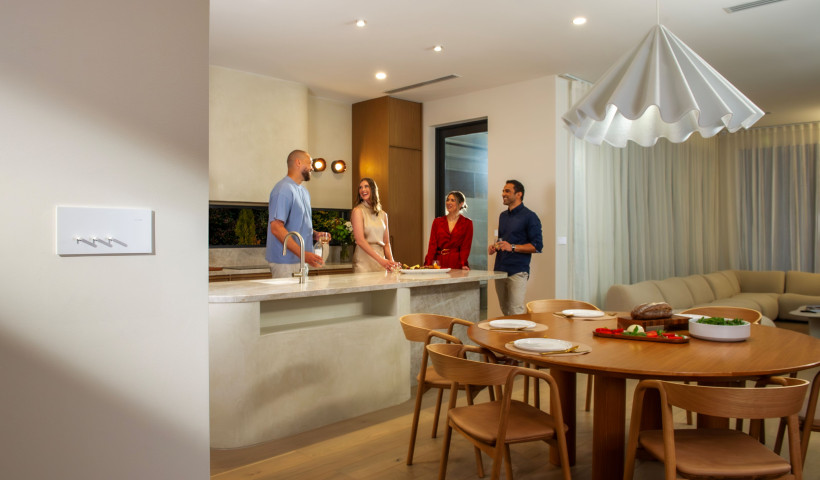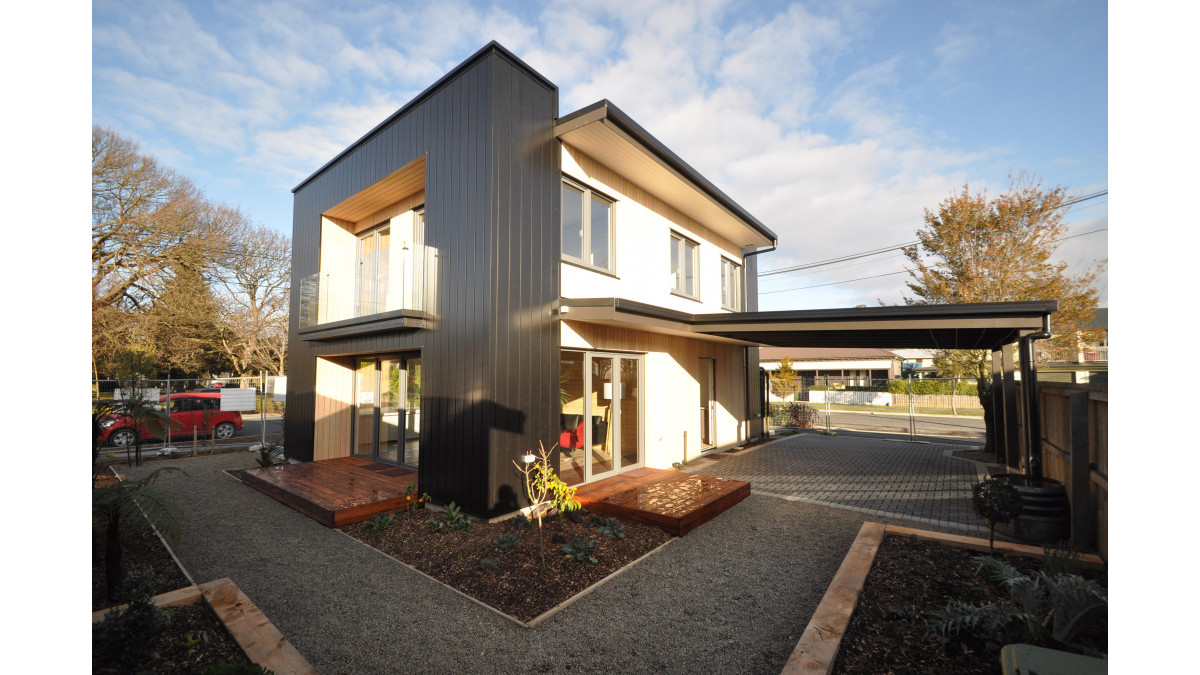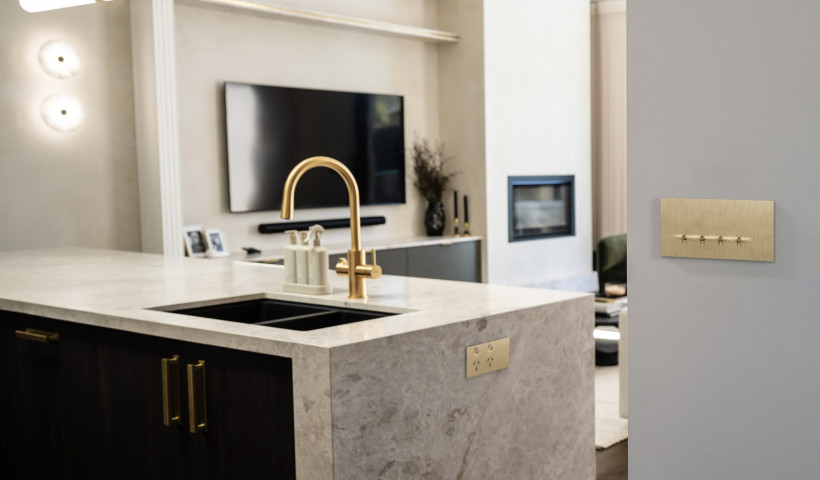
In 2016 Christchurch architect Bob Burnett set out to design and build the most eco-friendly, healthy and sustainable home he could. The result was Australasia’s first-ever 10-star Homestar rating, an award that recognises the home's energy-neutral, sustainable footprint.
The innovative electrical infrastructure designed using Schneider Electric solutions enables the home to automate, reduce and monitor energy use.
The 140m², two-storey home centres around its thermally-efficient design and includes solar wall framing, a hydronic underfloor heating system and slab-edge insulation.
Complementing these are numerous eco-friendly features:
- Rainwater harvesting
- Reusable grey water
- Water-efficient fittings
- Solar power
- Energy-efficient lighting and electrics
The reduced use of heating and electricity keep the home energy-neutral, leaving it free of power bills. “Energy-efficiency doesn’t have to be costly. As this home illustrates, it’s actually about using existing technology in a cleverer way — simple but smart,” says Bob.
The Electrical Solution
The home’s electrical supply is split between conventional 240 volt AC from the grid and a 24-volt DC system from 16 roof-mounted solar panels. Most of the demand is met by the batteries — the home automatically switches to 240 volt mains when the batteries run low.
The overall configuration demanded a relatively simple electrical design, but it came with a caveat. "To meet Bob’s energy-efficient sustainability brief, we had to think a little differently," says Schneider Electric’s Dave Chapman, Channel Manager – Residential. "Considering that the home is designed for a family, affordability was key. There is a misconception that energy-efficient technology often carries a cost premium, and lacks in comfort and convenience for the homeowner. Bob wanted a solution using standard, off-the-shelf technology.”
Dave’s team opted for energy saving techniques such as motion detectors using enhanced conventional wiring templates. “We introduced a sunset switch to specific circuits to automatically render them active or inactive depending on whether it is day or night. By ensuring that specific circuits can’t be used, any chance of accidental wastage is eliminated.”
A similar technique was used with the Saturn range of switches, creating an “all-off” functionality using a relay in the switchboard. Specified circuits in the home can be shut down from one switch, again eliminating accidental energy wastage.
To help the homeowner keep track of electricity consumption, an energy monitor has been installed to give owners a simple tool for managing and modifying their energy use patterns.
Because mobile technology has become so prevalent in the modern lifestyle, the home has been equipped with multiple USB charging ports to service devices such as phones and tablets. With a five-star energy rating, the USB chargers are particularly energy-efficient, as well as adding to the convenience for the home owners.
Dave says “a smart home means different things to different people, simple products and solutions can be utilised to provide smart outcomes.”
Key solutions:
- Motion sensors
- Sunset switches
- All off switch
- Saturn switches and sockets













 New Products
New Products

















 Popular Products from Schneider Electric
Popular Products from Schneider Electric
 Most Popular
Most Popular


 Popular Blog Posts
Popular Blog Posts
